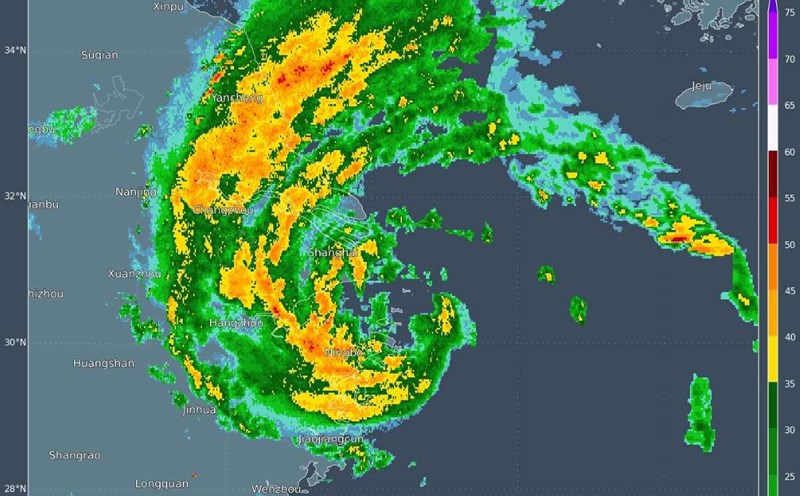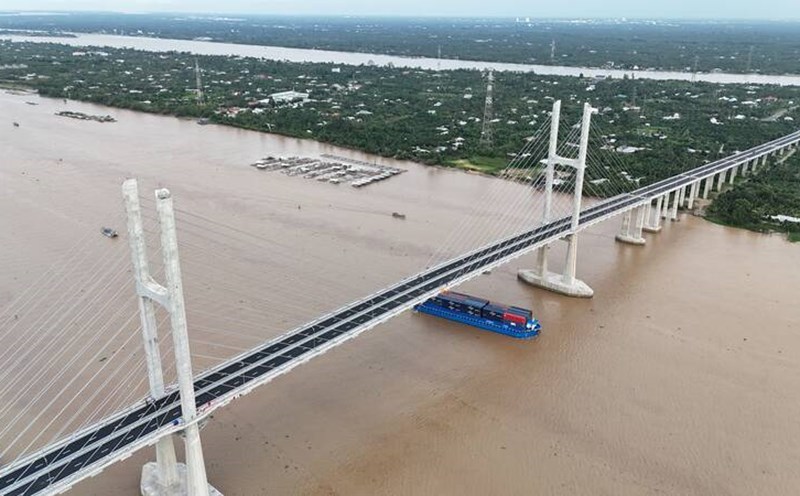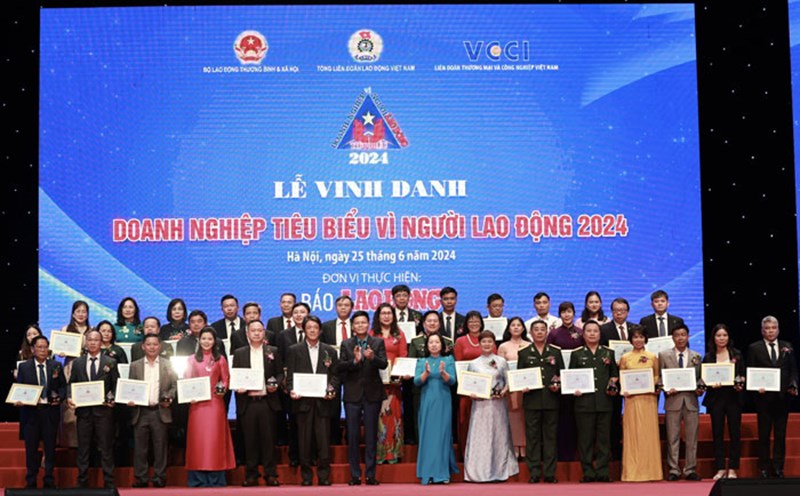On the morning of July 30, a strong earthquake of 8.8 on the Richter scale shook the area off the Kamchatka Peninsula (Russia), causing local sunshine and issuing a series of warning signs of danger to countries along the Pacific.
But while the world is watching geological developments, the Japanese and international online community exploded with another topic: A prophecy from comics 25 years ago that seems to have just been accepted.
The US Geological Survey (USGS) initially recorded a strong earthquake of 8.0 on the Richter scale but then raised it to 8.8 on the Richter scale, making it one of the strongest earthquakes to hit the area in decades.
On Kamchatka coast, a 3-4m high typhoon has hit several coastal areas, forcing Russian authorities to urgently evacuate thousands of people. Tsunami warnings also spread across the Pacific Ocean, including Japan, Hawaii and the US west coast.

The Japan Meteorological Agency (JMA) immediately issued a Tsunami warning, predicting that waves as high as 3m could affect coastal areas of the Pacific Ocean, especially Hokkaido. Although the first wave recorded in Japan was only about 30cm high, the authorities still deployed strict precautions, established emergency response forces and closely monitored the risk of aftershocks.
Even more surprising is that after the earthquake and Tsunami, the name of artist Ryo Tatsuki and the comic book manga "Watashi ga Mita Mirai" were "dug up" by netizens and shared rapidly.
First published in 1999, this manga has caused controversy with a series of predictions "beating the heels" of historical events such as the death of Queen Diana, the passing of Freddie Mercury, the COVID-19 pandemic, or the earthquake and Tsunami in Japan in 2011.
In particular, in the story, author Ryo Tatsuki "testerates the disaster" that occurred in July 2025, with images reminiscent of earthquakes and sunscreens. Many people once believed that July 5, 2025 was the time. As time passed without any major events, attention gradually decreased. But the earthquake on the morning of July 30 caused the forecast to take a turn as a a few weeks late warning.
On social networks, a series of comments such as: "Ryo Tatsuki is right guessing!", "July Prophecy has been confirmed?" were shared tens of thousands of times, dragging keywords such as #NewBabaVanga, #TatsukiProphecy topping trending.
Although many experts and scientists confirm that the manga content coincides with real-life events due to the high probability of Japan being a super seismic region, it is undeniable that the cultural influence created by "fake prophecies" like Ryo Tatsuki.
According to sociologists, people finding a connection between manga and reality is a form of psychological social reassurance in the context of a society vulnerable to natural disasters. At the same time, hypothetical stories can promote awareness of prevention, self-protection and increased vigilance in the community.
It is no coincidence that Japan has always been the focus of earthquake threats. This island nation is located at the intersection of 4 giant tectonic plates: Pacific Ocean, Philippine Sea, Asia and North America - a true geological "pressure cup".
The 2011 earthquake that claimed more than 15,000 lives is still deeply imprinted in the memories of the Japanese people, and therefore, every time there is a warning of a natural disaster or earthquake, the public is especially sensitive.











